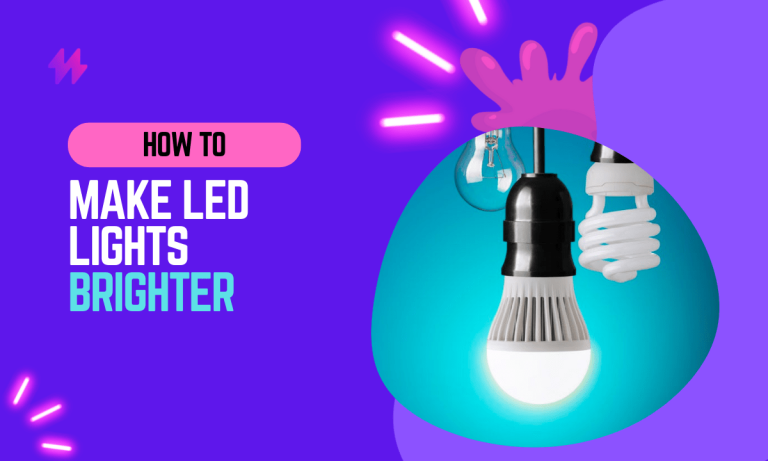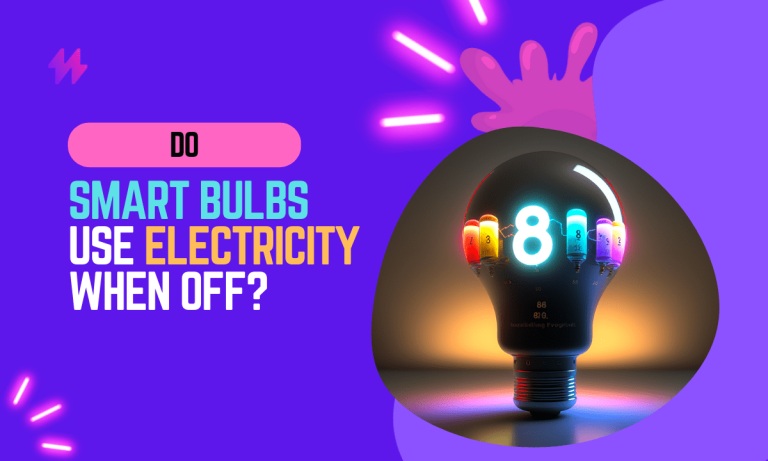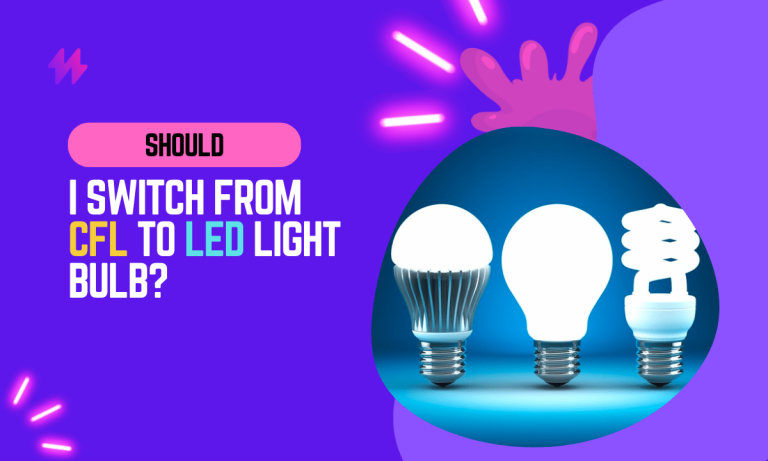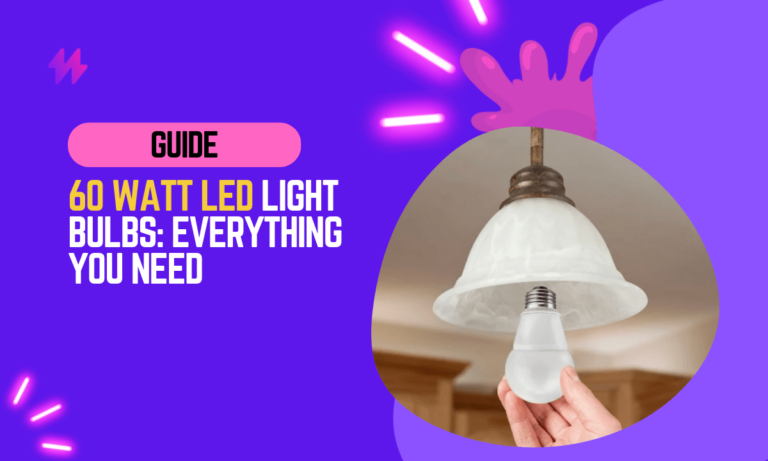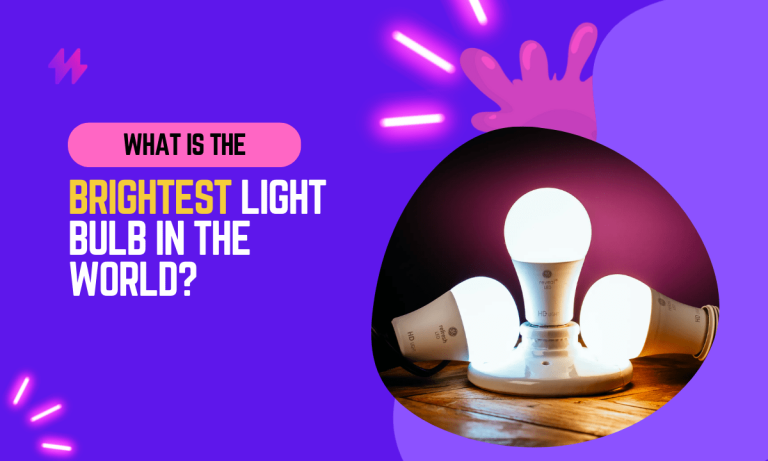Can You Use LED Bulbs In The Fridge?
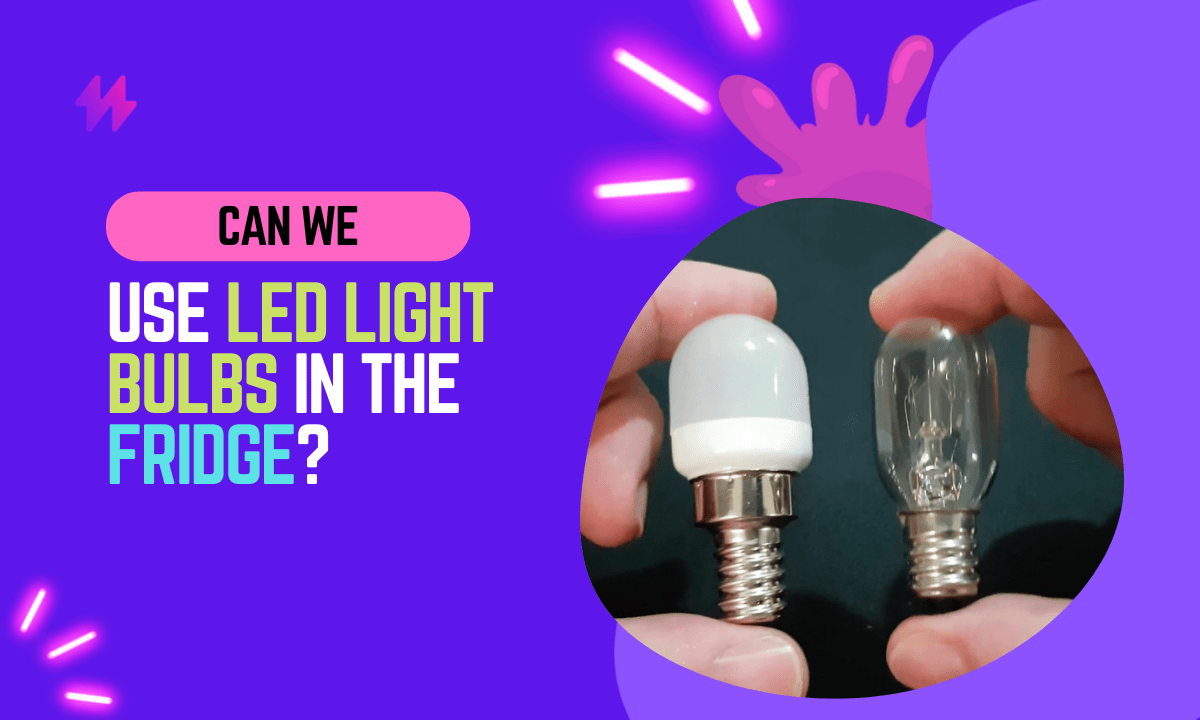
If you’ve ever wondered whether you can use LED bulbs in the fridge, you’re not alone. With the increasing popularity of LED lighting and the numerous benefits it offers, it’s only natural to wonder if it’s a viable option for your refrigerator as well.
But before you go ahead and replace your fridge’s incandescent bulbs with LED equivalents, it’s important to consider a few key factors. In this blog, we’ll look into the pros and cons of using LED bulbs in the fridge and provide some helpful tips for making the best decision for your home.
Can You Use LED Bulbs In The Fridge?
Yes, you can use LED bulbs in the fridge. LED bulbs are energy-efficient and have a longer lifespan than traditional incandescent bulbs, making them a good choice for use in a fridge. However, it’s important to consider a few factors before making the switch.
Considerations for Using LED Bulbs in a Fridge
While LED bulbs have many benefits, there are a few considerations to keep in mind when using them in a fridge:
Compatibility
It’s important to make sure that the LED bulbs you are using are compatible with your fridge. Some fridges may not be equipped to handle LED bulbs, so it’s a good idea to check with the manufacturer or consult your owner’s manual before making the switch.
Heat
LED bulbs produce very little heat, which can be beneficial in a fridge where heat can be an issue. However, it’s important to make sure that the LED bulbs are not too close to any perishable items, as they may not produce enough heat to keep these items at the proper temperature.
Voltage
LED bulbs are designed to operate at a specific voltage, so it’s important to make sure that the voltage of your fridge’s electrical system is compatible with the LED bulbs you are using. If the voltage is too high or too low, it can damage the LED bulbs or cause them to malfunction.
Advantages of Using LED Bulbs in The Fridge
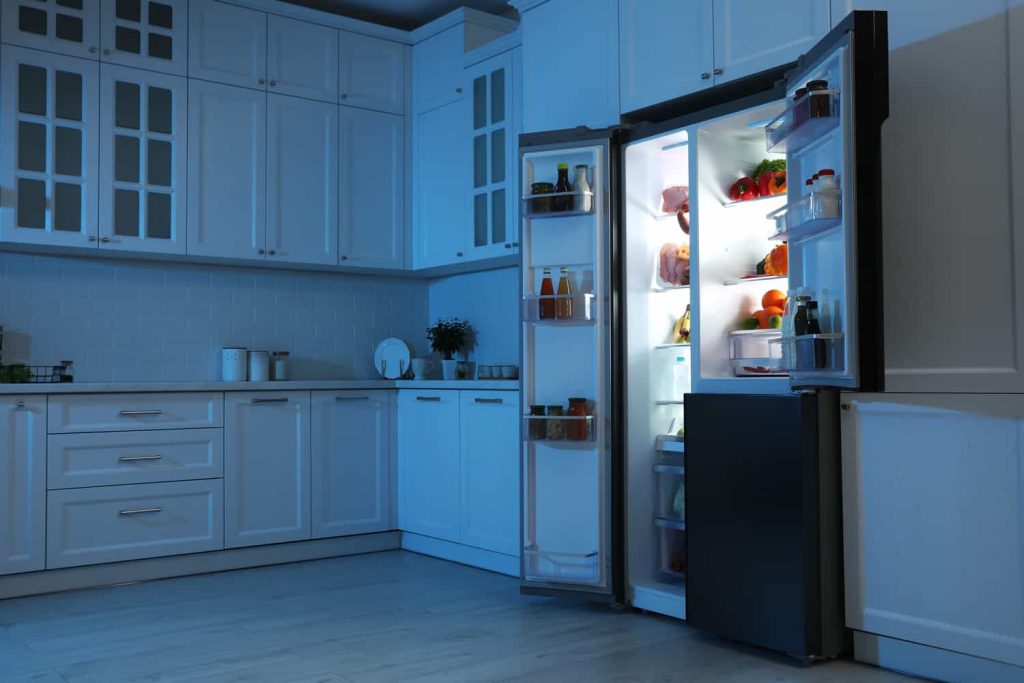
Energy efficiency: LED bulbs use less energy than traditional incandescent bulbs, which means they can help reduce your energy bills.
Long lifespan: LED bulbs can last up to 50,000 hours, which is much longer than traditional bulbs. This means you won’t have to replace them as often, saving you time and money.
Durability: LED bulbs are more durable than traditional bulbs, as they are not as sensitive to temperature changes. This makes them a good choice for use in a fridge, where the temperature can fluctuate.
Brightness: LED bulbs provide bright, white light that can help make it easier to see inside your fridge.
How to Choose Right LED Bulbs for the Fridge?
When selecting LED bulbs for use in your fridge, there are a few things you need to look for:
Right Wattage
The wattage of an LED bulb determines how much energy it uses. It’s important to choose an LED bulb with the right wattage for your fridge, as using a bulb with too high of wattage can cause it to overheat and potentially damage your fridge.
Range of Color Temperature
LED bulbs come in a range of color temperatures, from warm white to cool white. Cool white LED bulbs are a good choice for use in a fridge, as they provide a bright, crisp light that can help make it easier to see inside.
LED bulb size
LED bulbs come in a variety of sizes, so it’s important to choose one that will fit in your fridge. Measure the space where the bulb will be installed to ensure you get the right size. Most fridge bulbs are E14 diameter, but not all so check the manual, or better take a picture of the bulb and ask the retailer for help.
Protective plastic case
There is always the risk of getting an electric shock when brushing past LEDs with poor-quality connections. Especially in tight spaces such as a fridge. A solid plastic case around the actual LEDs will prevent this.
You may also like: What is an E26 bulb and what does it look like?
How To Install LED Bulbs in the Fridge?
Installing LED bulbs in the fridge is generally the same process as installing them in any other light fixture. Here are a few tips to keep in mind:
- Turn off the power: Before installing any light bulbs, make sure to turn off the power to the fridge to avoid any accidents.
- Remove the old bulb: Carefully remove the old bulb from the fridge, taking care not to touch the bulb with your bare hands as the oils from your skin can shorten its lifespan.
- Install the new bulb: Follow the manufacturer’s instructions to install the new LED bulb. Make sure the bulb is securely and properly installed to avoid any issues.
- Turn the power back on: Once the new LED bulb is installed, turn the power back on and test it to make sure it is functioning properly.
For your convenience, we also had a video on replacing traditional bulbs with LED bulbs in the refrigerator.
Maintenance and Replacement of LED Bulbs in a Fridge
LED bulbs are generally low maintenance, but there are a few things you can do to ensure they continue to function properly:
Avoid touching the bulb with your bare hands: As mentioned earlier, the oils from your skin can shorten the lifespan of the bulb, so it’s best to handle it using a clean cloth or gloves.
Clean the light fixtures: Dust and dirt can accumulate on the light fixtures, which can affect the performance of the LED bulb. Be sure to clean the fixtures regularly to keep them in good working condition.
Replace bulbs as needed: LED bulbs have a long lifespan, but they will eventually need to be replaced. When replacing LED bulbs in the fridge, make sure to choose one that is compatible and follow the steps for installation as outlined above.
Also read: Can you paint LED light bulbs?
Final Words
In conclusion, using LED bulbs in the refrigerator offers a viable and beneficial upgrade over traditional lighting solutions. LED bulbs are particularly well-suited for refrigeration due to their lower heat output and energy efficiency. Unlike incandescent bulbs, which release a significant amount of their energy as heat, LEDs remain cool, contributing to the refrigerator’s overall energy efficiency and avoiding unnecessary strain on the appliance’s cooling system. This feature not only helps in maintaining consistent internal temperatures but also reduces the overall energy consumption of the refrigerator, which can lead to lower electricity bills.
Moreover, LED bulbs are known for their long lifespan, which is an added advantage in the unique operational environment of a fridge. They can last significantly longer than traditional bulbs, reducing the frequency of replacements which can be cumbersome given the often cramped and awkward positions of bulbs in refrigerators. Additionally, LED bulbs provide bright, clear light, improving visibility inside the fridge which enhances user experience. Given these benefits, it is important to choose LED bulbs that are specifically designed for appliance use, ensuring they can handle the cold environment and frequent door openings typical in a fridge setting. By opting for LEDs, consumers can improve their refrigerator’s performance while making an environmentally friendly choice that decreases energy use and enhances the functionality of their appliance.

